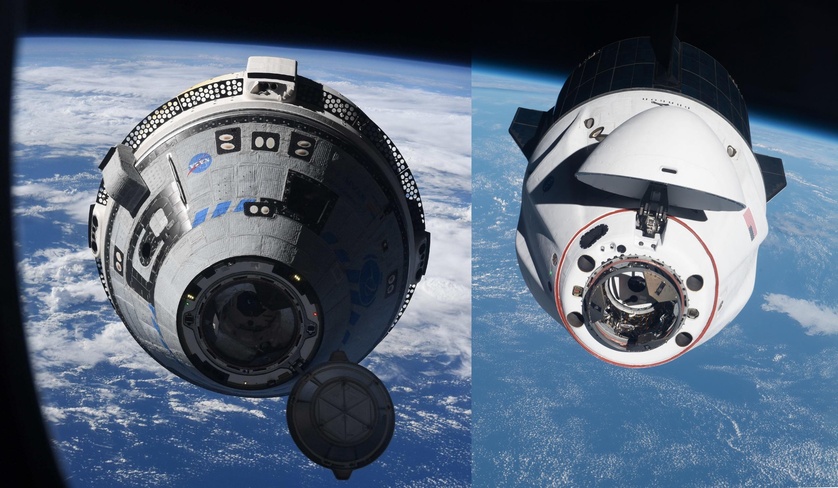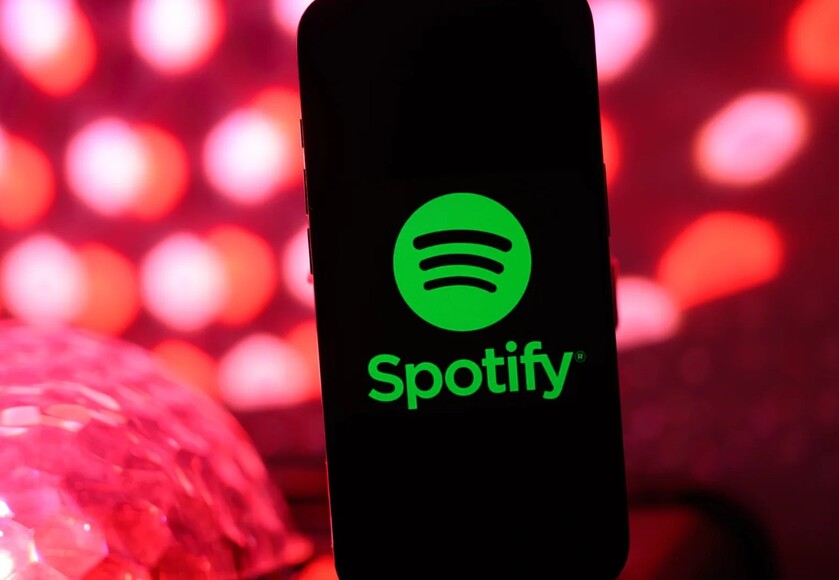NASA announced at a press conference Saturday, that Crew Flight Test(CFT) astronauts of Boeing Starliner capsule, Suni Williams and Butch Wilmore will be returning to Earth from the International Space Station(ISS) in February, aboard SpaceX Crew-9 Dragon which is due to fly other astronauts to the station next month.
Sometime in September, Boeing's Starliner capsule will return to Earth empty, to land in White Sands Space Harbor, New Mexico. It experienced malfunctions in five of its 28 reaction control thrusters during docking with the ISS, forcing both NASA and the aerospace company to decide to extend the astronauts' scheduled eight-day stay aboard the station while they troubleshoot the complication.
"The decision to keep Butch and Suni aboard the International Space Station and bring the Boeing Starliner home uncrewed is a result of a commitment to safety," NASA Administrator Bill Nelson told reporters on Saturday.
"We are dealing with a very complex issue with the thrusters," NASA's Commercial Crew Program manager Steve Stich said during Saturday's conference. "It's challenging to predict their performance; it's challenging to predict the temperatures we'll see."
"One of the really important factors is that we just don't know how much we can use the thrusters on the way back home before a problem," Ken Bowersox, NASA's Associate Administrator for Space Operations, said during the press conference, specifically pointing out heating effects that happened "on the way uphill."
Because of all that uncertainty, NASA emphasizes that it's too risky to attempt bringing Wilmore and Williams back to Earth using Starliner.
"If we had a model -- if we had a way to accurately predict what the thrusters would do for the undock and all the way through the deorbit burn and through the separation sequence -- I think we would have taken a different course of action," Stich said. But when the team looked at the data, including figures surrounding the potential for thruster failures with a crew on board, "it was just too much risk."
On a more positive note, NASA's Associate Administrator Jim Free said that "NASA and the Boeing team have made substantial technical progress in building a new and more accurate thruster model based on physical thruster testing as well as an understanding of relevant fluid physics and material properties."
When asked about where Boeing stands on all of this, Bowersox says the polling was unanimous amongst all the NASA folks -- but that Boeing officials expressed they'd be willing to bring a crew home on Starliner. "They believe in their vehicle," he said. "As far as the mood, all of us really wanted to complete the test flight with crew, and I think, unanimously, we're disappointed not to be able to do that."
Crew-9 mission Dragon set to launch in September, will be modified to accommodate the Starliner astronauts. It will only launch with two crewmembers( instead of 4); and the capsule will be reconfigured to carry more cargo, personal items and Dragon-specific spacesuits for Wilmore and Williams.
The decision to keep the CFT crew in the ISS until Feb. 2025 means they'll have to remain on the Earth-orbiting station for an unanticipated total of about eight months, which raises questions about how the delay affects station operations. However, ISS Program Manager Dana Weigel doesn't feel any major stress about the amended duration, saying the agency has had astronauts stay on the station for about 12 months at a time before. And in terms of supply allocation, all astronauts currently aboard the station have been fine and there hasn't been a need to ration, she explained.
Wilmore and Williams will be involved in planning for the uncrewed Starliner capsule's return to Earth, which would technically be referred to as an "uncrewed test flight."
"We are changing the separation sequence that we planned, and we will review those aspects at the Readiness Review," Stich said. "We're going to go with a simplified separation technique to get away from the station a little more quickly. We'll get to the deorbit burn and execute that nominally."
During Saturday's press conference, Nelson mentioned that NASA's two fatal space shuttle accidents -- Challenger in 1986 and Columbia in 2003, that killed 14 astronauts collectively -- were on his mind when participating in the decision-making process, particularly as he was a U.S. senator during the latter.
"Obvious mistakes were not being brought forth," he said of those missions. "Going back to the loss of Challenger, even the engineers in Utah, in Morton Thiokol were begging their management not to launch because of the cold weather — and that information never got up."
And with Columbia, he said, issues with the hardware weren't brought up because of a particular culture that fostered this kind of data omission: "NASA, ever since, has tried very hard to bring about an atmosphere in which people are encouraged to step forward and speak their mind, and I think right today is a good example of that."
NASA also talked about the importance of supporting Boeing in its endeavor to find success with Starliner in general, especially because the agency hopes to have more than one option for crew flights in the future. Right now, Elon Musk's Dragon spacecraft is the go-to, and Russia's Soyuz.
"Competition is healthy in a lot of ways," Bowersox said. "It causes you to develop your technology, it causes you to get better pricing, and we would like to have that competition in the future."
Nelson affirmed he is 100% certain that Boeing will launch Starliner with a crew onboard again -- but not before completing all necessary safety testing. "We want to further understand the root causes and understand the design improvements so that the Boeing Starliner will serve as an important part of our assured crew access to the ISS," he said. "Our core value is safety -- and it is our North Star."
NASA in 2014, awarded Boeing a $4.2 billion contract to build a capsule that sees six crewed flights to the ISS; SpaceX received a similar $2.6 billion contract that year and has since completed nine such flights in its Dragon capsule. Crew-9 would mark the tenth.
Critics point out the stark difference between Boeing's bloated woke corporate culture and SpaceX's "hard core" efficiency-and performance-based culture which Musk is known to adopt at all his companies.
Boeing has been facing backlash over a series of embarrassing headlines recently about technical mishaps involving the aerospace company's commercial aircraft including the 787 Dreamliner and 737 Max 9, and the mysterious deaths of whistleblowers from the company.















